 The further rise in global crude oil prices has pushed the daily subsidy on Premium Motor Spirit, also known as petrol, to N6.07bn.
The further rise in global crude oil prices has pushed the daily subsidy on Premium Motor Spirit, also known as petrol, to N6.07bn.
Petrol subsidy, which was removed in March 2020, re-emerged earlier this year as the government has left the pump price of the product unchanged since December despite the increase in global oil prices.
The Nigerian National Petroleum Corporation, which has been the sole importer of petrol into the country in recent years, has been bearing the subsidy cost since it resurfaced.
An analysis of data collated by our correspondent on Monday showed that the landing cost of petrol imported into Nigeria rose to N240.17 per litre as of June 25.
The PUNCH exclusively reported last week that the landing cost of petrol rose to N231.98 per litre on June 16 from an average of N143.60 per litre in December, with an expected retail price of N254.90 per litre.
The Group Managing Director, NNPC, Mallam Mele Kyari, said last Tuesday that to fully recover costs, petrol should be selling for N256 per litre at filling stations.
“Today, we are paying N162 per litre (for petrol). I am sure many people buy AGO (diesel) in the market and it is selling at N280 per litre in the market today. So (there is) nowhere in the world diesel sells more expensive than PMS,” he had said.
[contact-form][contact-field label=”Name” type=”name” required=”true” /][contact-field label=”Email” type=”email” required=”true” /][contact-field label=”Website” type=”url” /][contact-field label=”Message” type=”textarea” /][/contact-form]
The Petroleum Products Pricing Regulatory Agency had in March this year released a pricing template that indicated the guiding prices for the month.
The template, which showed that petrol pump price was expected to range from N209.61 to N212.61 per litre, was greeted with widespread public outcry and was later deleted by the agency from its website.
The pump price of petrol has remained at between N162 and N165 per litre at many filling stations in Lagos since December.
The template, which was based on an average oil price of $62.22 per barrel for February and an exchange rate of N403.80 to a dollar, showed that the landing cost of petrol was N189.61 per litre.
In May, the Central Bank of Nigeria devalued the naira as it adopted the NAFEX exchange rate of N410.25 per dollar as its official exchange rate, days after removing the N379/$ rate from its website.
The price of crude oil, which accounts for a large chunk of the final cost of petrol, has continued to rise in recent months, with Brent, the international oil benchmark, closing at $76.45 per barrel on June 25. It rose to $77.17 per barrel as of 6:28pm Nigerian time on Monday.
Based on the PPPRA template and Platts data, the expected pump price of the petrol rose to N263.09 per litre as of June 25 from N254.90 per litre on June 16.
The expected retail price of N263.90 per litre and the current pump price of N162 per litre indicate a subsidy of N101.09 per litre as of June 25, compared to N92.98 per litre on June 16.
With daily petrol consumption put at about 60 million litres by the NNPC and a subsidy of N101.09 per litre, daily subsidy increased to N6.07bn on June 25 from N5.58bn on June 16.
The rising price of crude oil pushed the cost of petrol quoted on Platts to $718 per metric tonne (N219.66 per litre) on June 25 from $691.25 per MT (N211.47 per litre) on June 16.
The PPPRA, in its March template, used an average cost of $561.96 per MT (N169.22 per litre) and an average freight rate of $21.63 per MT (N6.62 per litre).
Other cost elements that make up the landing cost include lightering expenses (N4.81), Nigerian Ports Authority charge (N2.49), Nigerian Maritime Administration and Safety Agency charge (N0.23), jetty throughput charge (N1.61), storage charge (N2.58), and financing (N2.17).
The pump price is the sum of the landing cost, wholesaler margin (N4.03), admin charge (N1.23), transporters allowance (N3.89), bridging fund (N7.51), marine transport average (N0.15), and retailer margin (N6.19).

